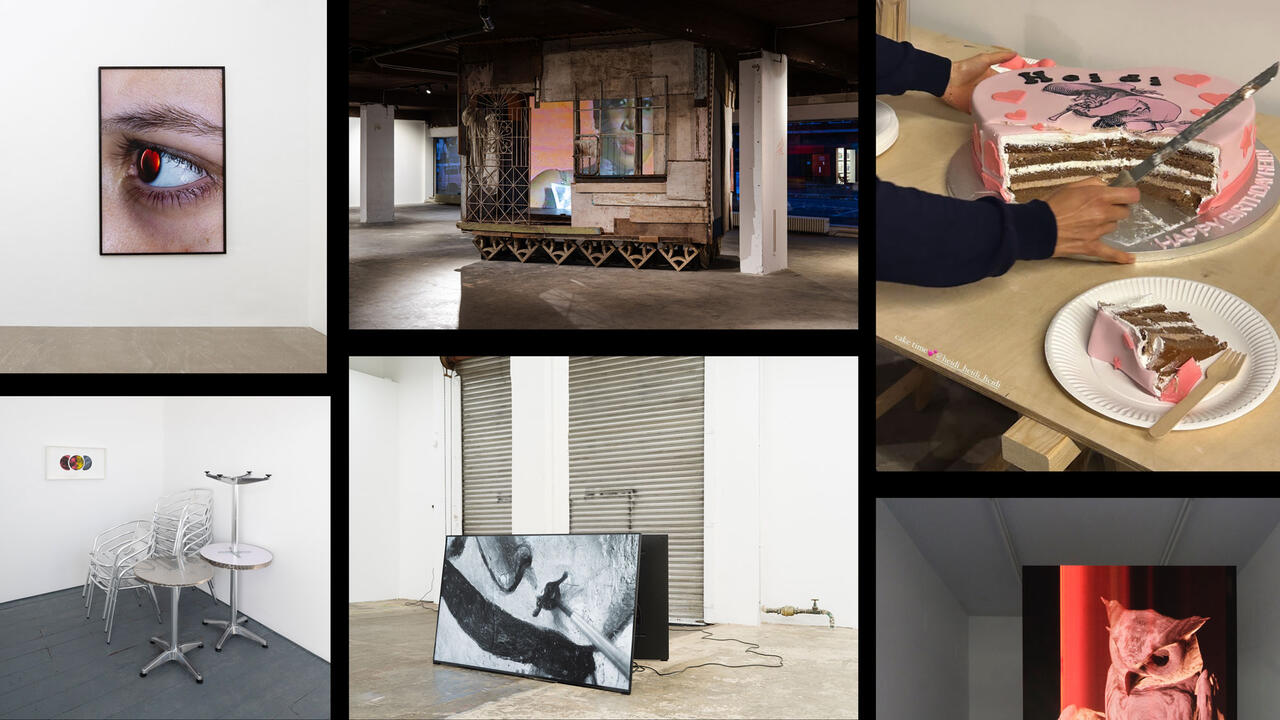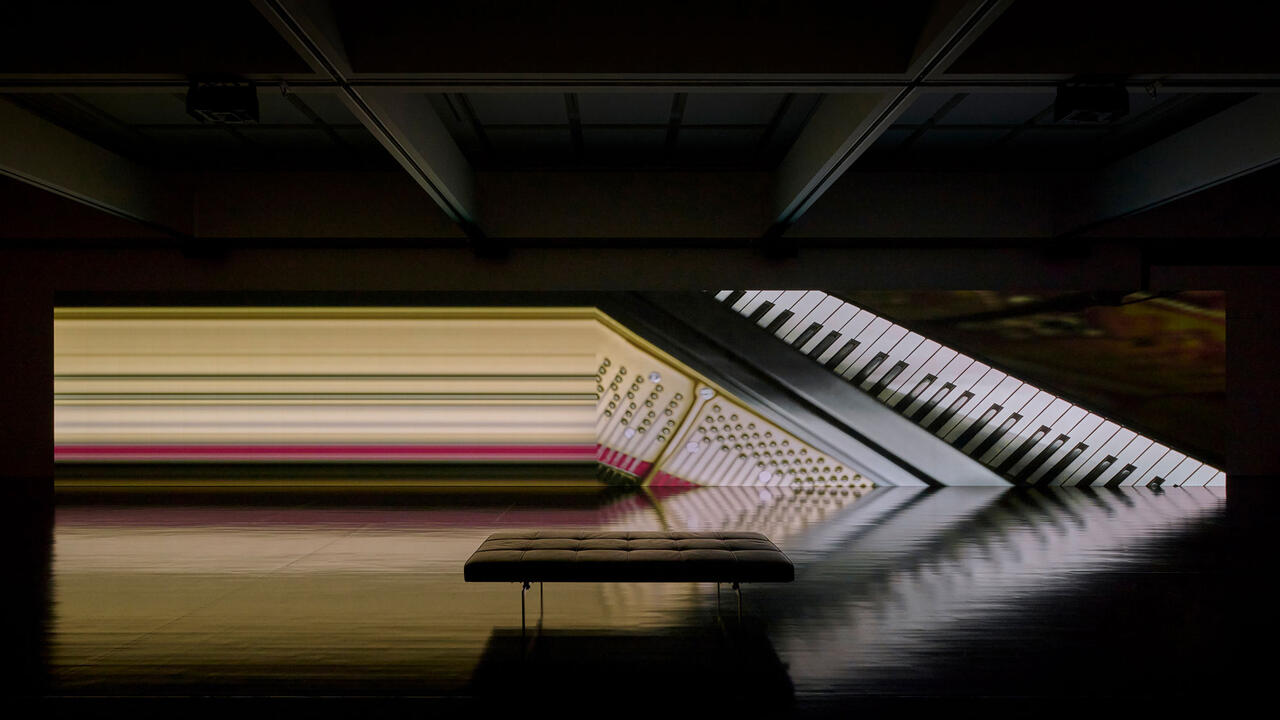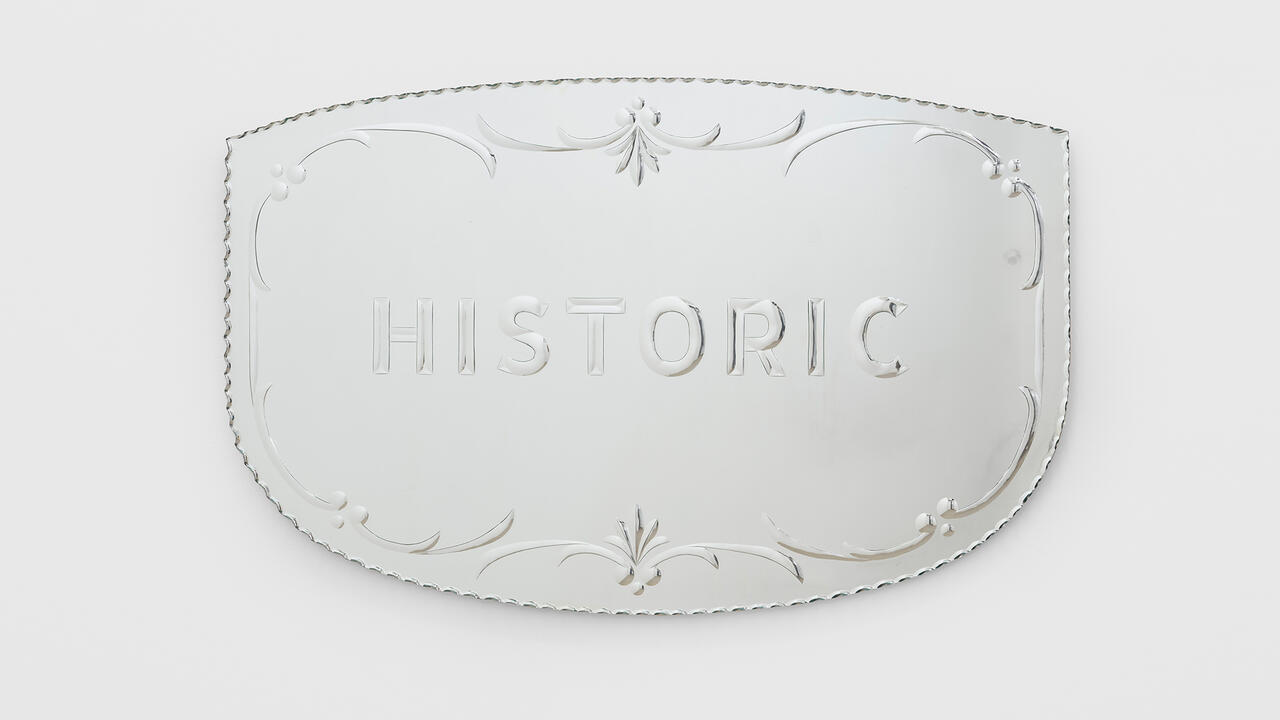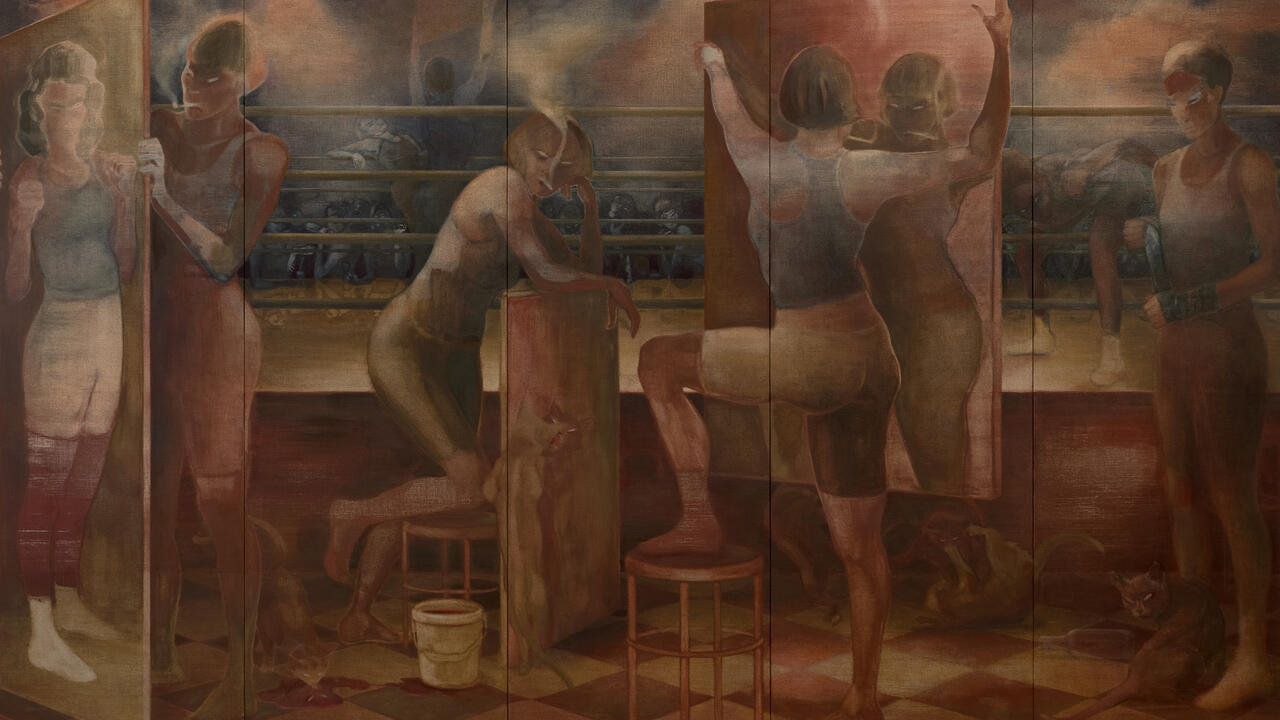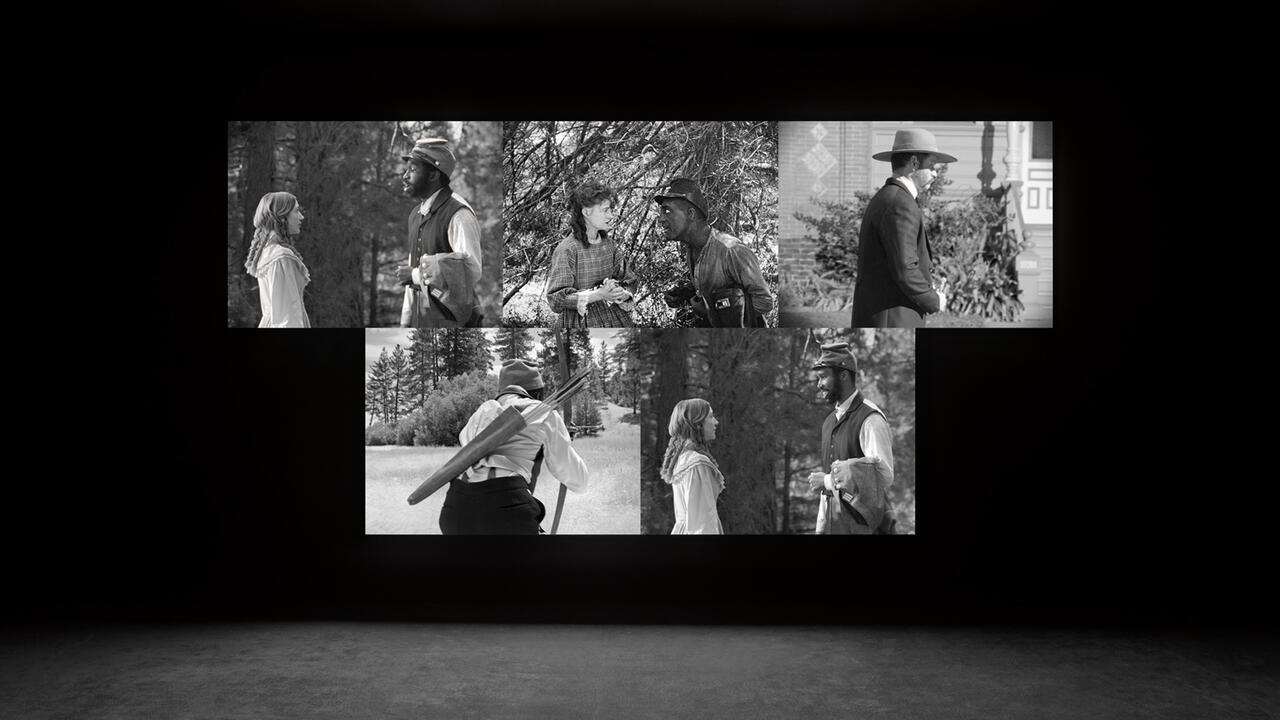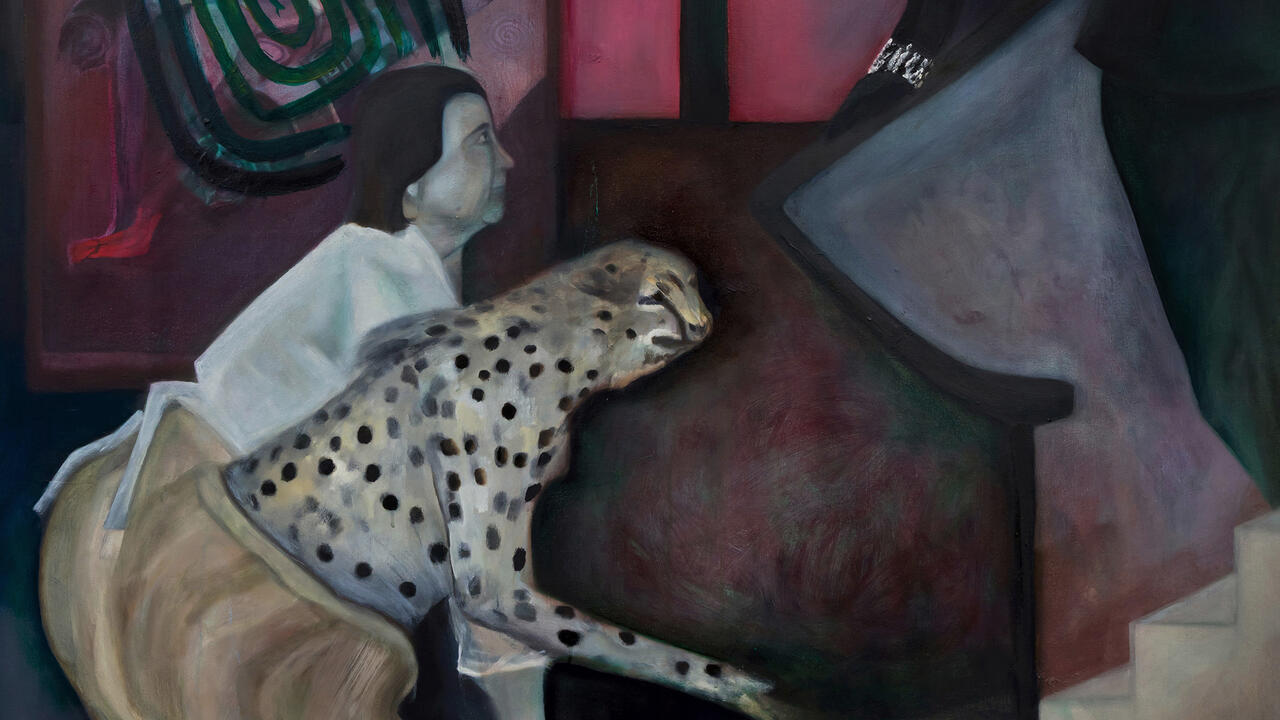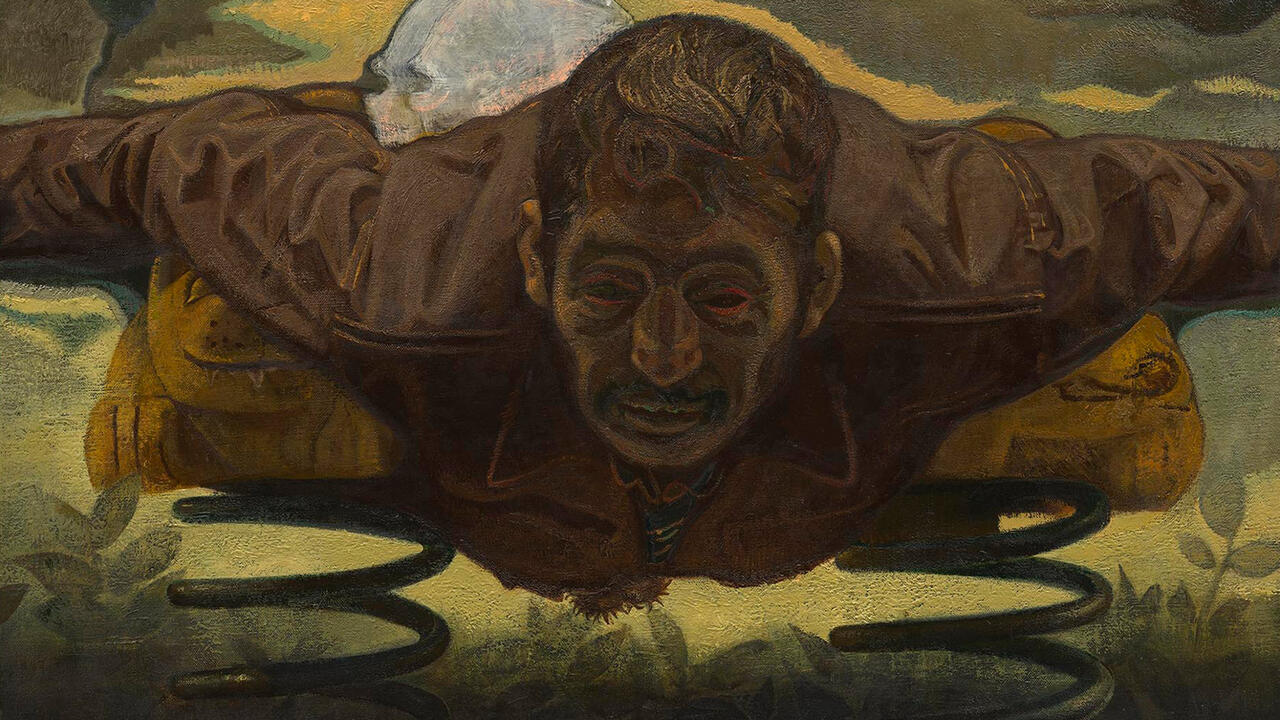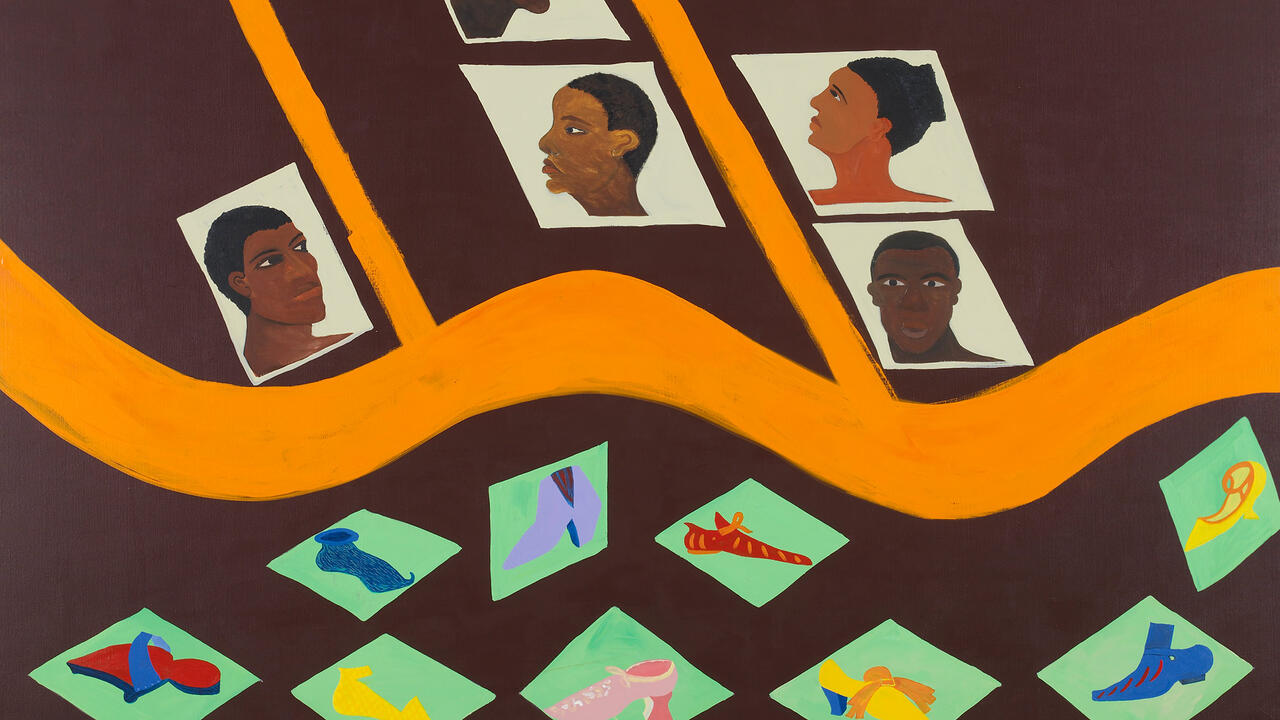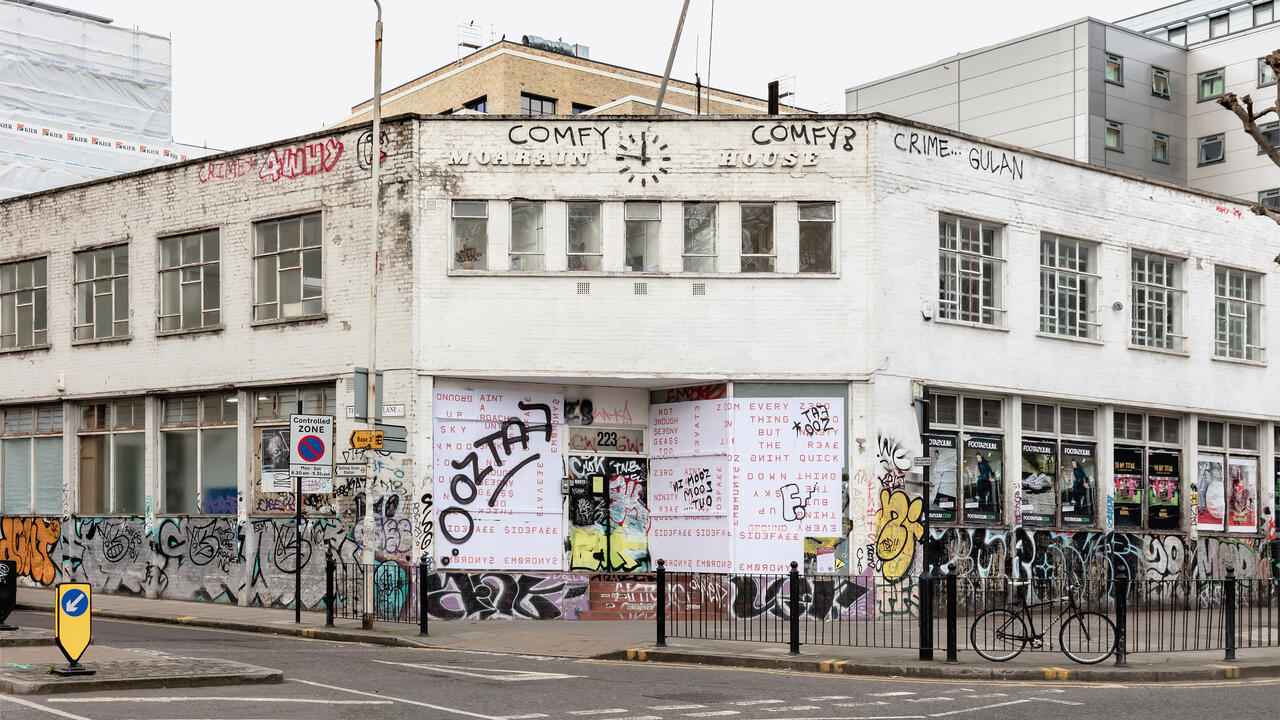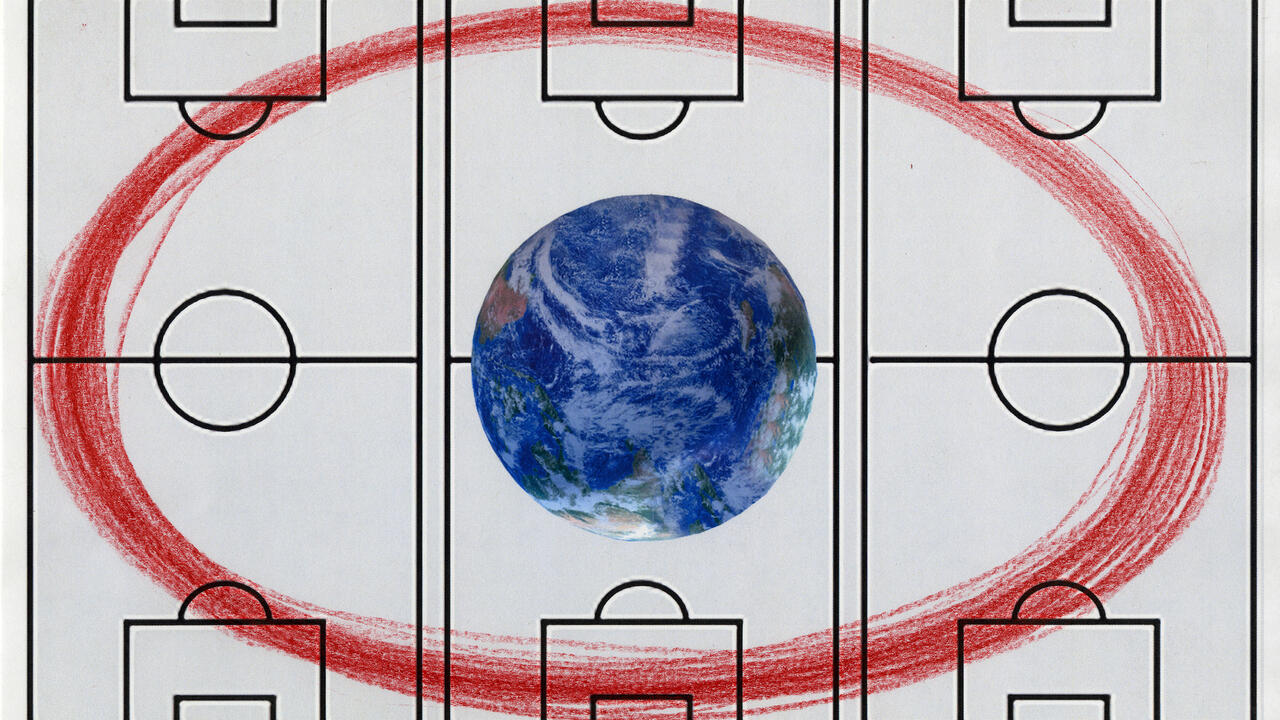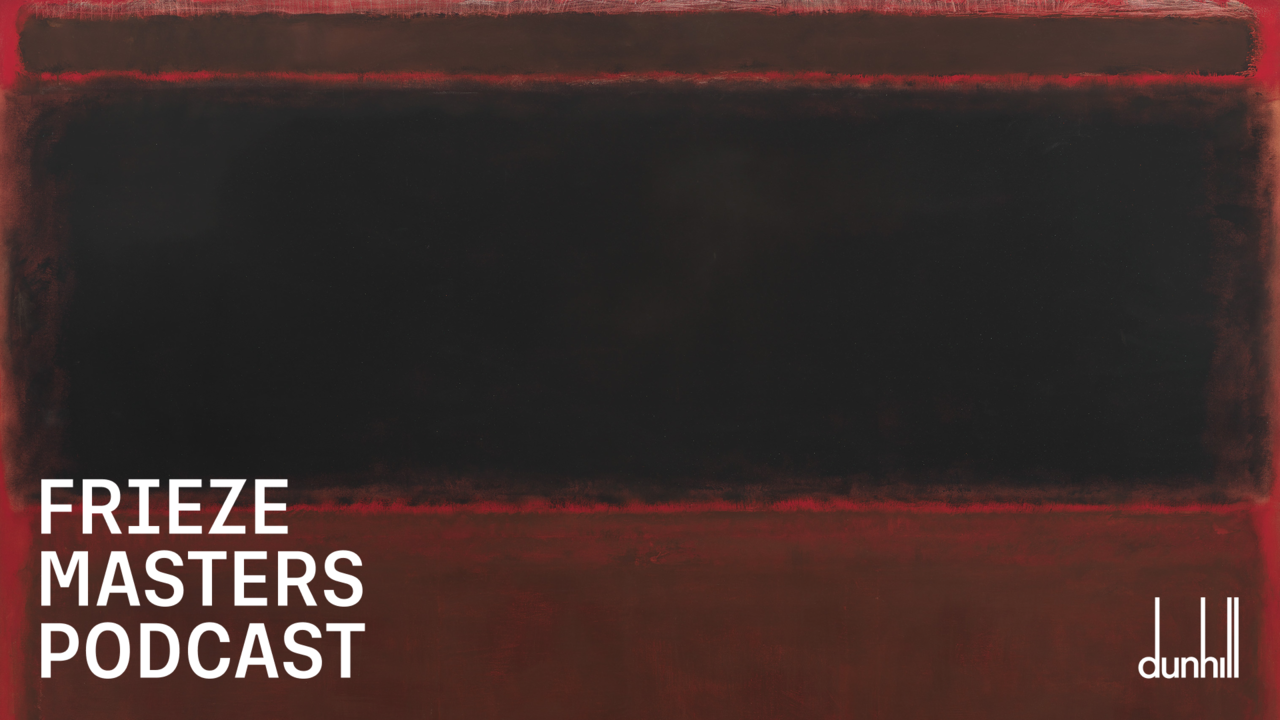Adam Curtis
Whitechapel Art Gallery, London, UK
Whitechapel Art Gallery, London, UK
Ever considered the links between radical Islam and the 1944 song ‘Baby It’s Cold Outside’? Adam Curtis has. Curtis’ award-winning BBC documentaries – including Pandora’s Box (1992), The Mayfair Set (1999), The Century of the Self (2002), The Power of Nightmares (2004) and The Trap (2007) – marry journalism to historical narrative with all the thrill of a conspiracy yarn. A journalist by trade, Curtis describes himself as a historian fascinated by power. This perspective allows him to make insightful leaps, wiring disparate historical episodes into a single circuit of ideological cause and effect. He press-gangs experimental film techniques into his rhetorical armoury, editing interviews, news footage, television advertising and B-movie clips into rapid-fire montages, often freighted with emotive or incongruous music. ‘Adam Curtis: The World of the Self/Our World’ was organized by the Whitechapel’s Adjunct Film Curator Ian White in association with LUX. Curtis showed five 60-minute episodes from four of his television series to illustrate his thesis that our idea of freedom is rooted in an ideology of ‘radical individualism’ that has ended up controlling us. The screenings were accompanied by a lecture by Curtis and a round-table between the filmmaker, White, artist Josephine Pryde and writer Mike Sperlinger. In Pandora’s Box, Part 2: To the Brink of Eternity Curtis examines how US Cold War strategists at the RAND Corporation applied mathematical ‘game theory’ to the task of predicting Soviet military action. The idea is explored further in The Trap, Part 2: The Lonely Robot, in which Curtis traces the influence the RAND strategists’ theories had on free market economics, their mutation into policy based on performance targets and quotas, and the idea that emotions can be understood by systems analysis. The Century of the Self, Part 1: Happiness Machines looks at how Sigmund Freud’s nephew Edward Bernays (who coined the term ‘public relations’ in the 1920s) applied his uncle’s theories about our irrational desires to advertising. The Century of the Self, Part 3: There Is a Policeman Inside All Our Heads He Must Be Destroyed also observes the trajectory of Freud’s ideas, but from the perspective of his former pupil Wilhelm Reich, and the influence Reich’s ideas had on the 1960s’ hippie generation in power today. The Power of Nightmares, Part 1: Baby It’s Cold Outside charts the parrallel rise of US neo-conservatism and radical Islamism, finding similarities between their manipulation of people’s fears in order to generate popular support. During the round-table discussion, Curtis rejected the idea that the culture industry exerts any power, accusing it of espousing a cultural ideology driven by the cult of the individual, and sharing the same sense of self-belief that motivates politicians such as Tony Blair and George W. Bush. Yet in support of his argument he could only cite celebrity artists such as Tracey Emin. One senses that Curtis’ persuasive rhetoric occludes certain issues in order to reach easy conclusions, yet he admits to a degree of simplification to advance his arguments. Nevertheless, this event provided food for thought: what constitutes a picture of reality; how that picture is corroded in order to maintain an idea of progressive politics; whether, since the 1970s, the most ‘radical critiques of society have come from the right’ rather than the left; whether bloggers are ‘the new censors’, and how 1960s’ counterculture gave rise to ‘lifestyle capitalism’. So, the link between radical Islam and ‘Baby It’s Cold Outside’? The song was heard at a dance by Egyptian civil servant Sayyid Qutb in the late 1940s and crystallized his sense of America’s moral decay. After returning to Egypt, Qutb became a political dissident and founded the Muslim Brotherhood – a key influence on Osama Bin Laden’s mentor Ayman al-Zawahiri.









